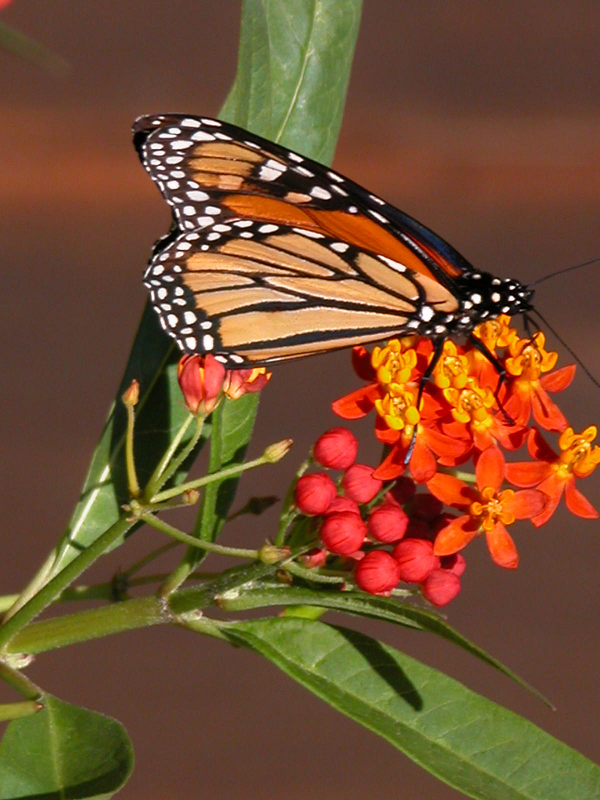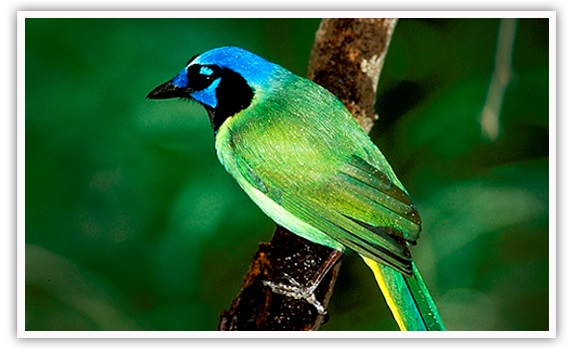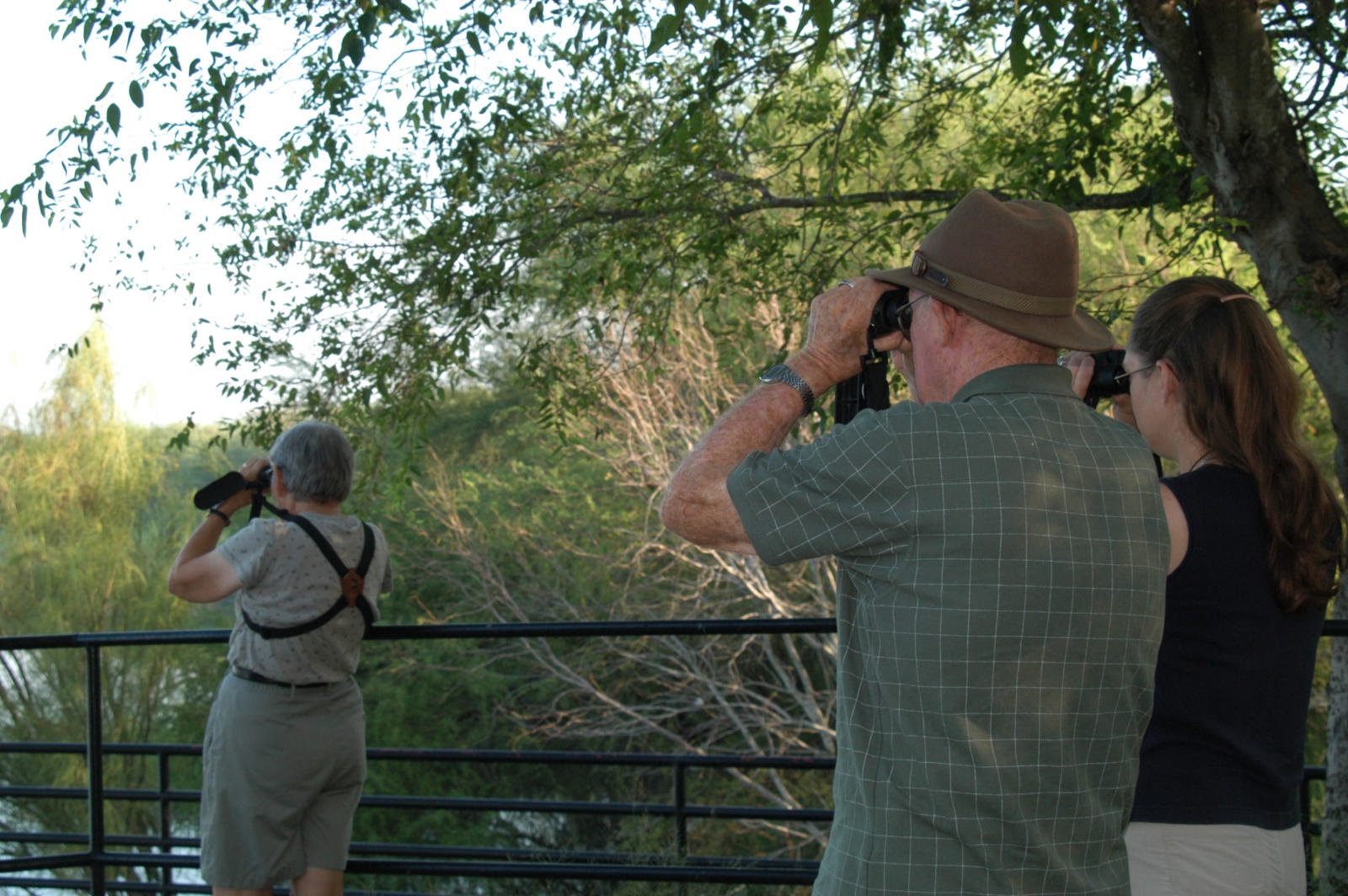Watch the Birdie (at the Feeder)
Tuesday, November 29th, 2016This is Passport to Texas
The Christmas Bird Count, a project of the National Audubon Society, is December 14 through January 5. Volunteers count birds during a 24-hour period inside defined 15-mile diameter circles throughout the state.
But there aren’t any on December 25th—you can’t compete with family time and ripping open presents.
Nongame ornithologist, Cliff Shackelford says if you’re unable to participate in a Bird Count circle, you can still contribute to the count as a feeder watcher.
That’s someone that just merely watches out their back window and looks at the birds coming to the feeder and just counting those things. It’s a really good niche for someone that’s not able to get out if it’s too cold, or you’re just not physically able to get out, or maybe you have a newborn at the house, These are people that might have their eyes open watching the feeder and can contribute.
Get in touch with your area Audubon Christmas Bird Count Compiler through the Audubon website.
Contribute to the world of citizen science all year long as a feeder watcher. Just go to feederwatch.org for details.
The Wildlife Restoration Program supports our series and funds diverse conservation programs in Texas.
For Texas Parks and Wildlife…I’m Cecilia Nasti







 Passport to Texas is a
Passport to Texas is a  Passport to Texas is made available by:
Passport to Texas is made available by: